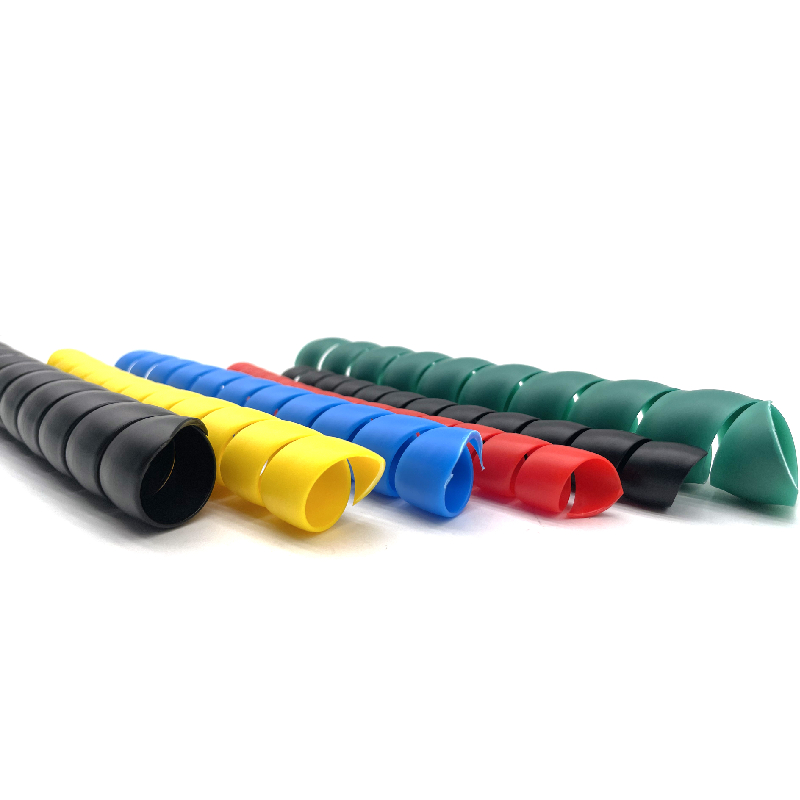Steps to Replace a Power Steering Hose in Your Vehicle
How to Change a Power Steering Hose
Changing a power steering hose is an essential maintenance task for vehicle owners who want to ensure the proper functioning of their power steering system. A failing power steering hose can lead to a loss of steering assistance, making it difficult to maneuver the vehicle. It can also lead to fluid leaks, potentially damaging other components. In this article, we will guide you through the step-by-step process of changing a power steering hose, ensuring you have the right tools and knowledge to complete the job effectively.
Tools and Materials Needed
Before you begin, gather the following tools and materials - New power steering hose - Wrench set - Pliers - Screwdrivers (flathead and Phillips) - Drain pan - Power steering fluid - Shop towels - Safety gloves and goggles
Step 1 Safety First
Before starting any maintenance work on your vehicle, ensure you are in a safe environment. Park your vehicle on a level surface, engage the parking brake, and remove the keys from the ignition. Wear safety gloves and goggles to protect yourself from any fluids and debris.
Step 2 Locate the Power Steering Hose
The power steering system typically consists of two main hoses the high-pressure hose and the low-pressure return hose. The high-pressure hose is usually connected to the power steering pump and the steering gear, while the low-pressure return hose runs from the steering gear back to the pump fluid reservoir. Identify which hose needs to be changed and locate it within the engine compartment.
Step 3 Prepare to Remove the Hose
Before removing the hose, place a drain pan under the vehicle to catch any leaking fluid. If your vehicle has been operated recently, the power steering fluid may be hot; allow some time for it to cool down. After ensuring safety, begin by loosening the hose clamps or fittings using your wrenches or pliers.
Step 4 Disconnect the Hose
Carefully disconnect the old power steering hose from the pump and the steering gear. Be prepared for some fluid spillage; the drain pan will catch most of it. If the hose is stuck, gently wiggle it while pulling to loosen it. Avoid using excessive force, as this may damage other components.
how do you change a power steering hose

Step 5 Install the New Power Steering Hose
Once the old hose is removed, compare it with the new one to ensure they are of similar lengths and fittings. Install the new power steering hose by connecting it to the pump and the steering gear. Make sure that the fittings are tight and secure, but do not overtighten, as this may damage the hose or fittings. Reinstall any hose clamps that were removed.
Step 6 Refill the Power Steering Fluid
After ensuring the new hose is securely connected, locate the power steering fluid reservoir. Remove the cap and fill it with the appropriate type of power steering fluid recommended in your vehicle’s owner’s manual. Ensure not to overfill; refer to the dipstick or markings on the reservoir for proper levels.
Step 7 Bleed the Power Steering System
With the new hose in place and the fluid poured in, it's time to bleed the power steering system to remove any air that may be trapped inside. Start the engine and turn the steering wheel from lock to lock several times while stationary. This action will help circulate the fluid and push out any air. Check the fluid level afterward and add more if necessary.
Step 8 Check for Leaks
Once you have bled the system, inspect the new hose and all connections for any signs of leaks. If everything appears to be in order, run the engine for a few minutes and check again. If any leaks are detected, turn off the engine and address the problematic areas.
Step 9 Final Touches
After confirming that there are no leaks and the steering feels responsive, clean any spilled fluid and dispose of the old hose and fluid properly. Replace any engine covers or components you may have had to remove during the process.
Conclusion
Changing a power steering hose may seem daunting, but with the right tools and a step-by-step approach, it is a manageable task for anyone willing to put in the effort. Regular maintenance of your power steering system not only improves your vehicle's handling but also extends the overall life of your car.
-
Ultimate Spiral Protection for Hoses & CablesNewsJun.26,2025
-
The Ultimate Quick-Connect Solutions for Every NeedNewsJun.26,2025
-
SAE J1401 Brake Hose: Reliable Choice for Safe BrakingNewsJun.26,2025
-
Reliable J2064 A/C Hoses for Real-World Cooling NeedsNewsJun.26,2025
-
Heavy-Duty Sewer Jetting Hoses Built to LastNewsJun.26,2025
-
Fix Power Steering Tube Leaks Fast – Durable & Affordable SolutionNewsJun.26,2025

